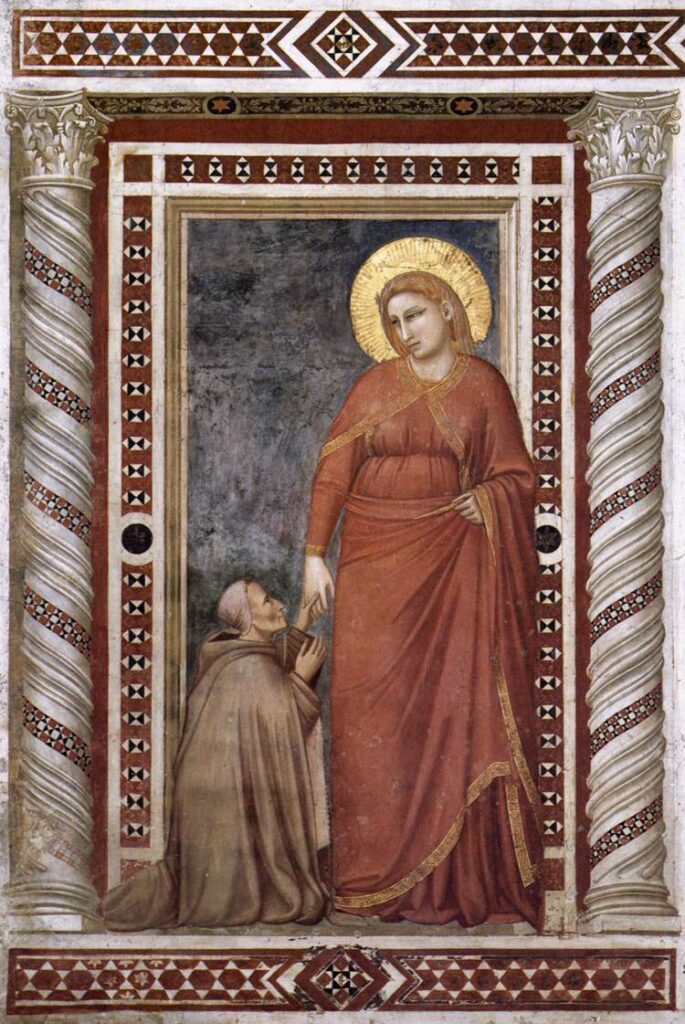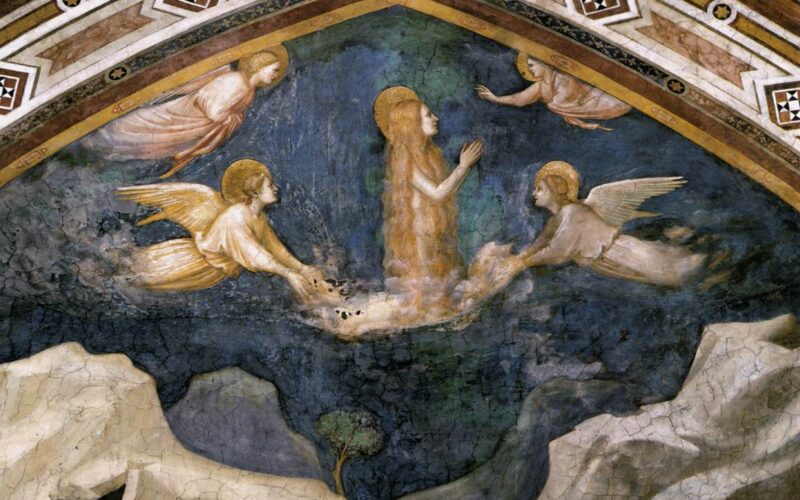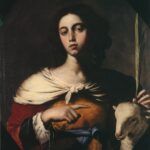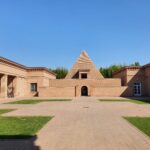The figure of Mary Magdalene, shrouded in mystery and allure, shines in the history of art and religion, a subject that has inspired generations of artists and theologians. Her image, eliciting diverse and sometimes controversial interpretations, remains an enigma that continues to captivate.
The name “Mary Magdalene,” a source of endless speculation, in itself reveals a labyrinth of meanings. Some sacred texts refer to her as “Mary called Magdalene” or “Mary known as Magdalene,” suggesting a possible geographical origin from the village of Magdala. This enigmatic name has fueled debates among scholars, leading to conjectures about possible meanings beyond the geographical, making “Mary of Magdala” a multifaceted and complex character.
Beyond discussions about her name, Mary Magdalene’s figure intertwines with other biblical personalities, adding further layers to her already complex identity. She is mentioned as one of the women who followed Jesus, providing material support to his teachings. The Gospel of Luke describes her as the woman from whom “seven demons had gone out,” a detail that has fueled her aura of mystery and redemption.

This portrayal of her as a repentant sinner, particularly her identification with the prostitute who anointed Jesus’s feet in the Gospel of Luke and with Mary of Bethany, has further complicated the understanding of her character. This association was reinforced by Pope Gregory the Great’s sermon in 591, which merged various traditions and stories into a single narrative.
However, it is important to emphasize that these associations are often the result of subsequent traditions and interpretations, rather than explicit biblical references. Moreover, some apocryphal texts even identify her with Mary, the mother of Jesus, a conjecture that further exemplifies her enigmatic and multifaceted figure.
Mary Magdalene’s figure has been frequently immortalized in art, where artists have sought to capture her complexity and allure through different representations. A prominent example of this artistic tradition is the cycle of frescoes created by Giotto and his workshop in the Magdalene Chapel in the Lower Basilica of St. Francis in Assisi. These works, commissioned by Bishop Teobaldo Pontano, reflect the narrative of the “Golden Legend” by Jacobus de Voragine, offering a unique and profoundly touching view of the life of Mary Magdalene.
Giotto, with his mastery in capturing human emotions and states of mind, has vividly and movingly interpreted the life of Mary Magdalene. These frescoes not only showcase Giotto’s talent as an artist but also reveal how the figure of Mary Magdalene has been perceived and interpreted over the centuries, remaining a fascinating and multifaceted subject in the history of art.












